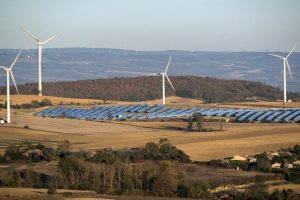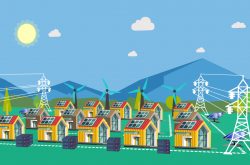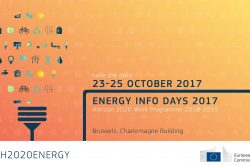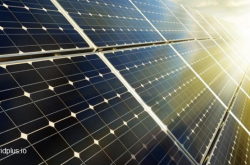Overview
Source: medium.com/world-economic-forum
Jo-Jo Hubbard, Co-founder and COO, Electron
Paul Ellis, Chief Executive Officer, Electron
The rapid global deployment of solar is spurring the decentralization and democratization of our installed power base. However our distribution systems and energy markets themselves remain deeply centralized. Historically, this has been no bad thing. Centralization has meant stability and the opportunity for whole-system optimization. However centralization may now be the problem, not the solution. A quartet of fast-developing new technologies at the grid edge imply that we will soon have a better alternative.
Renewables: where it all began
Many millions of people across the world can now generate their own electricity and/or access power off-grid courtesy of the rapid development of small-scale renewable technologies. Solar stands out in particular. The price and accessibility of panels today means this build out can be led by the consumers themselves. This has been a key factor in the fourfold increase in solar capacity we have seen over the last five years. Globally, almost 400GW of installed solar capacity is forecast by the end of 2017.
However, the speed of this build-out has brought with it many new issues. Our dispatch and distribution systems were designed for a centrally controlled reality, in which a) power flowed one way — from the centre to the grid edge; and b) market participants were large corporations. Domestic renewable production is upending this paradigm and increasing the cost and complexity of balancing supply and demand in the grid. This has caused a sharp rise in the cost of electricity, with consumers without generation inadvertently subsidizing those with it.
Moreover, given that small scale generation is connected to local — not national — distribution networks, millions of generating assets are now invisible to the central controller. Add to this the millions of storage assets and billions of connected devices coming on line … From the centre, this looks like chaos.
The transition to a carbonized, democratized energy system (as opposed to just installed capacity base) will require a) transitioning to smart grids capable of local optimization, b) better enabling and incentivizing desired consumption behaviour, and c) re-distributing the benefits of those actions in a fairer, more transparent way. Four technologies stand out in enabling this transition.
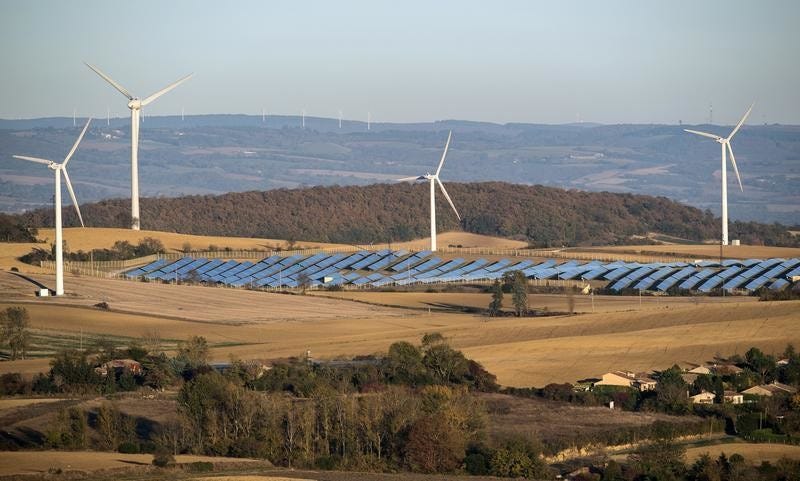
Image: REUTERS/Fred Lancelot
1) Internet of Things and connected devices: greater data visibility, choice and control
Machine to machine (M2M) connections are forecast to grow nearly threefold between 2015 and 2020 to reach 12 billion devices. Almost half of these will be in the connected home. These connected devices are unlike their dumb counterparts in that they create and respond to messages (data) and they are capable of transacting. This will enable energy consumers to make more informed, granular decisions over their consumption. It will also reinforce the trend of shifting control away from the centre.
Going forwards, these in-home connected devices could offer services beyond domestic comfort and potentially participate in balancing or optimizing in their local grid. This would unlock an extra revenue stream for households and enable greater system efficiency and renewable penetration.
However, given the low value of these individual trades, automation will be a key enabler of this market. And trust will be a key enabler of automation. These requirements roughly align with technologies three and four on our list.
2) Storage: decoupling time of generation from time of use
Rapid advances in storage technologies, particularly batteries, is held by many to be the greatest threat to the utility business model. Even with onsite generation, consumers without storage capabilities depend on utilities for back-up power supply. Consumers with a battery might not.
A great case in point is Australia, a country in which energy bills nearly doubled in the decade to 2014. As of April this year, there are over 1.7 million PV installations, and it is estimated that 1 million homes will also have batteries by 2020 (>10% of households). Utilities take note: skyrocketing prices + technological advances = customers taking matters into their own hands.
Cost and capacity loss are key barriers to widespread adoption today, but these issues appear to be in rapid decline. The joined up advances of the automotive and energy industries have already caused lithium ion batteries to halve in price since 2014 and prices are forecast to fall by one third again by 2018–21.
Moreover, households with installed battery capacity also have greater optionality and capability to sell power to other consumers or provide flexibility services to the grid. Again, individual transaction values here tend to be low so automation and trust are key enablers for the community energy market.
3) Artificial intelligence: optimization without centralization
Augmented with AI, the increasing number of decentralized, engageable assets could not only represent themselves in the market place, but also observe previous trading outcomes to improve future decisions. This will be key to optimization of the millions of decentralized assets and billions of connected devices in play throughout the grid.
However, in order to be effective, AI has two key prerequisites. The first is ensuring access to abundant, high quality data. The second is in creating trust and transparency over the automated decisions taken.
Getting the structures around data ownership, access, security and accuracy correct will determine the speed at which AI can advance and the number of players able to contribute to its development. Our fourth technology, blockchain, may offer some solutions to both of these issues.
4) Blockchain: enabling M2M transactions and trust in decentralized markets
In today’s digitised economy, transactions and interactions are conducted on platforms. Blockchain technology presents a way to build these platforms without simultaneously creating a monopoly to own it and all of its corresponding data. When we consider the market positions of the de facto monopoly platform owners of today — think Google, Facebook, Amazon — the significance of this innovation is clear.
We see blockchain as a key facilitator for these other converging technologies in three key ways. Firstly, it provides a secure transaction environment, be it for peers or automated distributed assets, to receive price signals and execute trades in a safe, organised and decentralized manner. Secondly it fosters transparency and trust by guaranteeing the execution of certain processes (pre-programmed through “smart contracts”) and producing immutable, time-stamped records of all transactions. And finally, it offers deeply egalitarian models around data ownerships and access- the fuel for future AI and future good decision making in general.
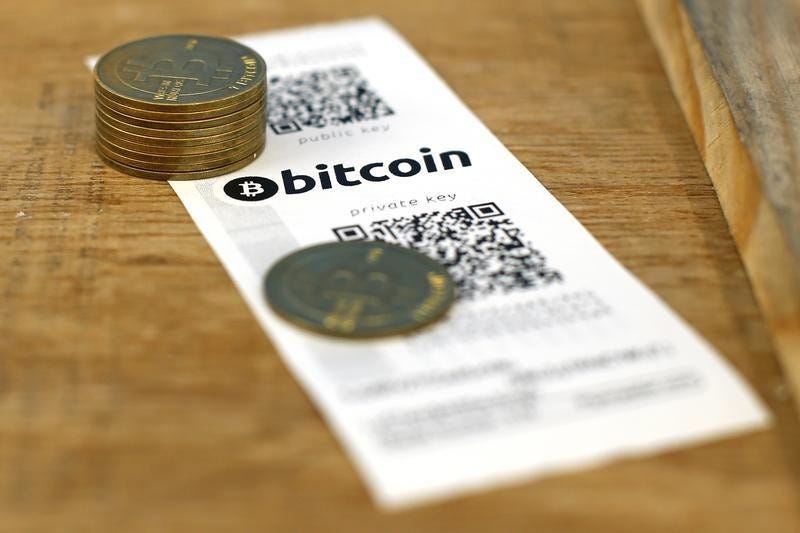
Image: REUTERS/Benoit Tessier
The data ownership piece here is key, and often overlooked by press looking for sexier blockchain uses such as peer-to-peer trading. Parties transacting on blockchain can retain ownership of their own data and select conditions for sharing it (financial incentives, good causes, etc). This means that many players above and beyond the monopoly platform owners have the opportunity to access that data and enter the energy services market.
The fact that blockchain platforms are open to innovation and extension also means that those parties will be able to extend the functionality of the platform themselves. The result: in greater market participation and a user driven innovation platform that evolves at the speed of the fastest innovator.
The key enabler for blockchain will be a mind-set shift, away from reliance on a single point of accountability and towards wider industry collaboration.
For more information about the 2017 class of Technology Pioneers, visit our website.
Have you read?
Originally published at www.weforum.org.
Map
Visited 3230 times, 2 Visits today


